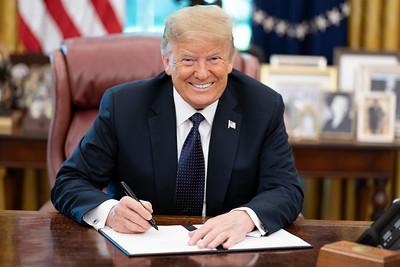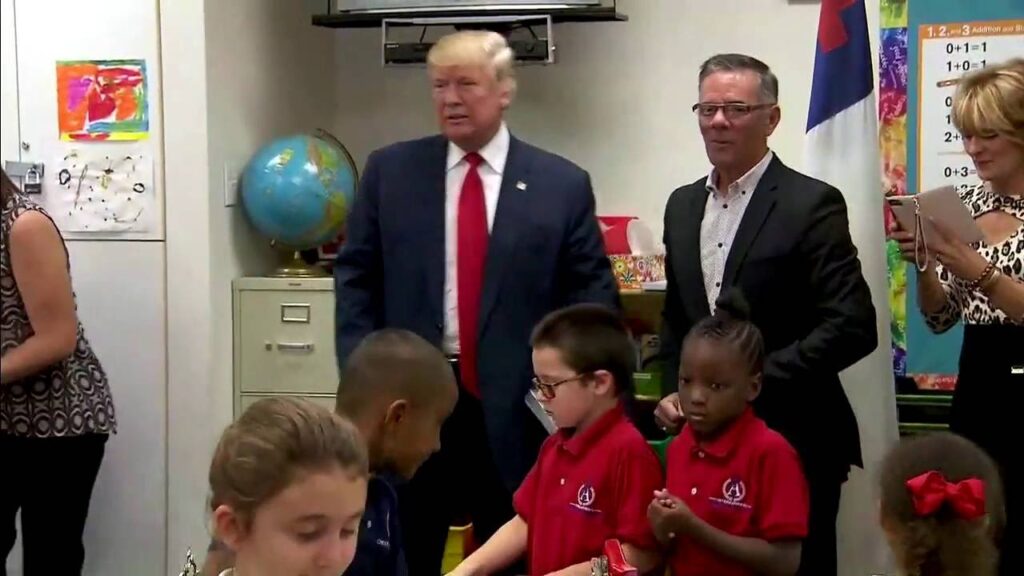The looming threat of a government shutdown is once again dominating headlines in Washington, D.C. Despite past instances of bipartisan cooperation to avert such outcomes, current negotiations between Republicans and Democrats suggest a challenging path forward. The GOP has proposed a temporary funding bill to keep the government operational until November 21; however, key Democratic leaders insist that it must include provisions to address cuts to Medicaid and tax credits facilitating affordable healthcare under the Affordable Care Act. With neither party willing to compromise, the risk of an impending shutdown is increasing.
But what would a government shutdown actually mean for the country? Should funding lapse, federal agencies would be required to halt operations. Non-excepted employees would be furloughed, while excepted employees—those whose roles are deemed essential—would remain on duty without immediate pay. Historically, shutdowns have resulted in significant furloughs; during Trump’s presidency, for instance, around 340,000 out of 800,000 federal workers were sent home during a 35-day partial shutdown.
Despite a shutdown, essential services meaningfully impacted include the FBI, CIA, air traffic control, and military operations, which would continue functioning, albeit under financial strain for those employed.
Employees furloughed during a shutdown are typically compensated once operations resume, though they might experience significant financial stress due to delayed pay. Meanwhile, essential bills like Social Security payments and veterans healthcare services will continue unaffected, ensuring crucial support for millions.
Historically, shutdowns involve strategic decisions on which operations to freeze. Each federal agency outlines its shutdown plan, which specifies the workforce impacted by furloughs and ongoing operations. In this current climate, Finance and Budget departments have hinted at severe workforce reductions for programs not aligned with the administration’s priorities, feeding concerns over potential long-term impacts on the federal workforce.
The operational limitations experienced during government shutdowns can lead to various inconveniences for the public, from closed national parks and reduced service availability to potential delays in securing essential governmental benefits. With escalating tensions and no clear resolution in sight, many Americans are left to ponder the outcomes of a government without budgetary support.
But what would a government shutdown actually mean for the country? Should funding lapse, federal agencies would be required to halt operations. Non-excepted employees would be furloughed, while excepted employees—those whose roles are deemed essential—would remain on duty without immediate pay. Historically, shutdowns have resulted in significant furloughs; during Trump’s presidency, for instance, around 340,000 out of 800,000 federal workers were sent home during a 35-day partial shutdown.
Despite a shutdown, essential services meaningfully impacted include the FBI, CIA, air traffic control, and military operations, which would continue functioning, albeit under financial strain for those employed.
Employees furloughed during a shutdown are typically compensated once operations resume, though they might experience significant financial stress due to delayed pay. Meanwhile, essential bills like Social Security payments and veterans healthcare services will continue unaffected, ensuring crucial support for millions.
Historically, shutdowns involve strategic decisions on which operations to freeze. Each federal agency outlines its shutdown plan, which specifies the workforce impacted by furloughs and ongoing operations. In this current climate, Finance and Budget departments have hinted at severe workforce reductions for programs not aligned with the administration’s priorities, feeding concerns over potential long-term impacts on the federal workforce.
The operational limitations experienced during government shutdowns can lead to various inconveniences for the public, from closed national parks and reduced service availability to potential delays in securing essential governmental benefits. With escalating tensions and no clear resolution in sight, many Americans are left to ponder the outcomes of a government without budgetary support.

















